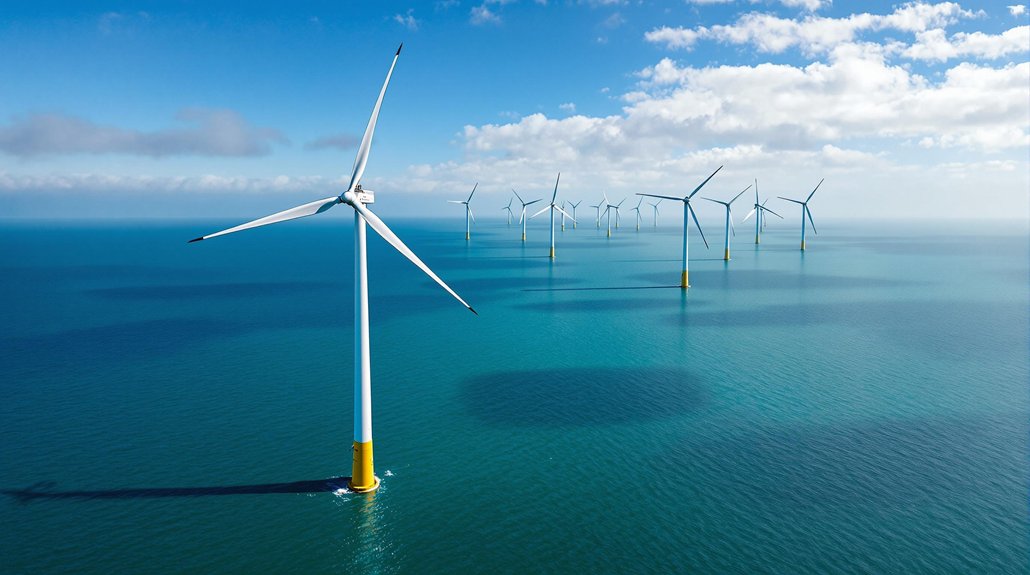Renewable resources aren’t some magical infinite supply – that’s a common misconception. Sure, they replenish naturally, but there are real limitations. Solar panels can’t work without sun, wind turbines are useless on calm days, and geographic restrictions matter big time. Even with advancing technology, these resources face practical constraints like storage challenges and environmental impacts. The good news? They’re still way better than fossil fuels, and understanding their limits helps maximize their potential.

Sustainability isn’t just a buzzword anymore – it’s survival. The world is finally waking up to the reality that renewable resources are our ticket off the fossil fuel rollercoaster. But here’s the million-dollar question: Are these green alternatives really unlimited? Well, yes and no. Mother Nature’s pretty generous, but she’s got some ground rules.
Let’s get real about renewables. Solar, wind, hydro, geothermal, and biomass – they’re the cool kids of the energy world right now. They’re literally powering 29% of the globe’s electricity needs as of 2020, and that number’s climbing faster than a Tesla stock price. According to projections, renewable energy sources will generate over 42% by 2028. These resources replenish themselves naturally, unlike their fossil fuel cousins who take millions of years to form. Talk about high maintenance. Home energy costs for heating and cooling consume nearly half of household power usage. The shift to renewables has sparked job creation across various sectors of the economy.
But “renewable” doesn’t mean “infinite.” Sure, the sun won’t stop shining anytime soon, and wind won’t suddenly decide to take a permanent vacation. But there are catches. Sometimes the sun plays hide-and-seek behind clouds, and wind turbines sit idle on calm days. It’s like having a gym membership – the potential’s always there, but you can’t always access it when you want to.
The limitations aren’t just about nature’s mood swings. We’re talking serious geographic restrictions, hefty upfront costs, and storage headaches that would give Marie Kondo a migraine. Plus, these “clean” energy sources aren’t exactly saints. Wind turbines can turn birds into unfortunate statistics, and hydroelectric dams make fish really anxious about their migration patterns.
Still, the future’s looking pretty green. Experts predict renewables could power 80% of U.S. electricity by 2050. Solar’s getting cheaper than a bargain bin DVD, and wind power’s expected to multiply like rabbits over the next couple decades. Marine energy could contribute 300 GW by 2050 – that’s a lot of waves doing the heavy lifting.








